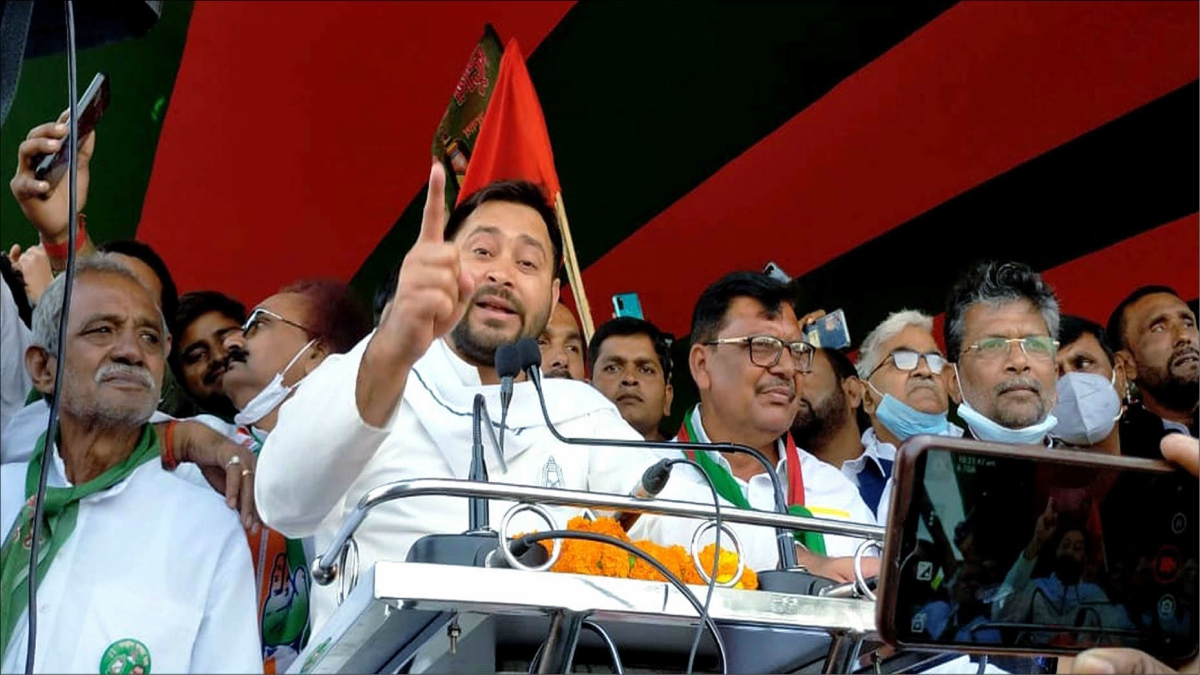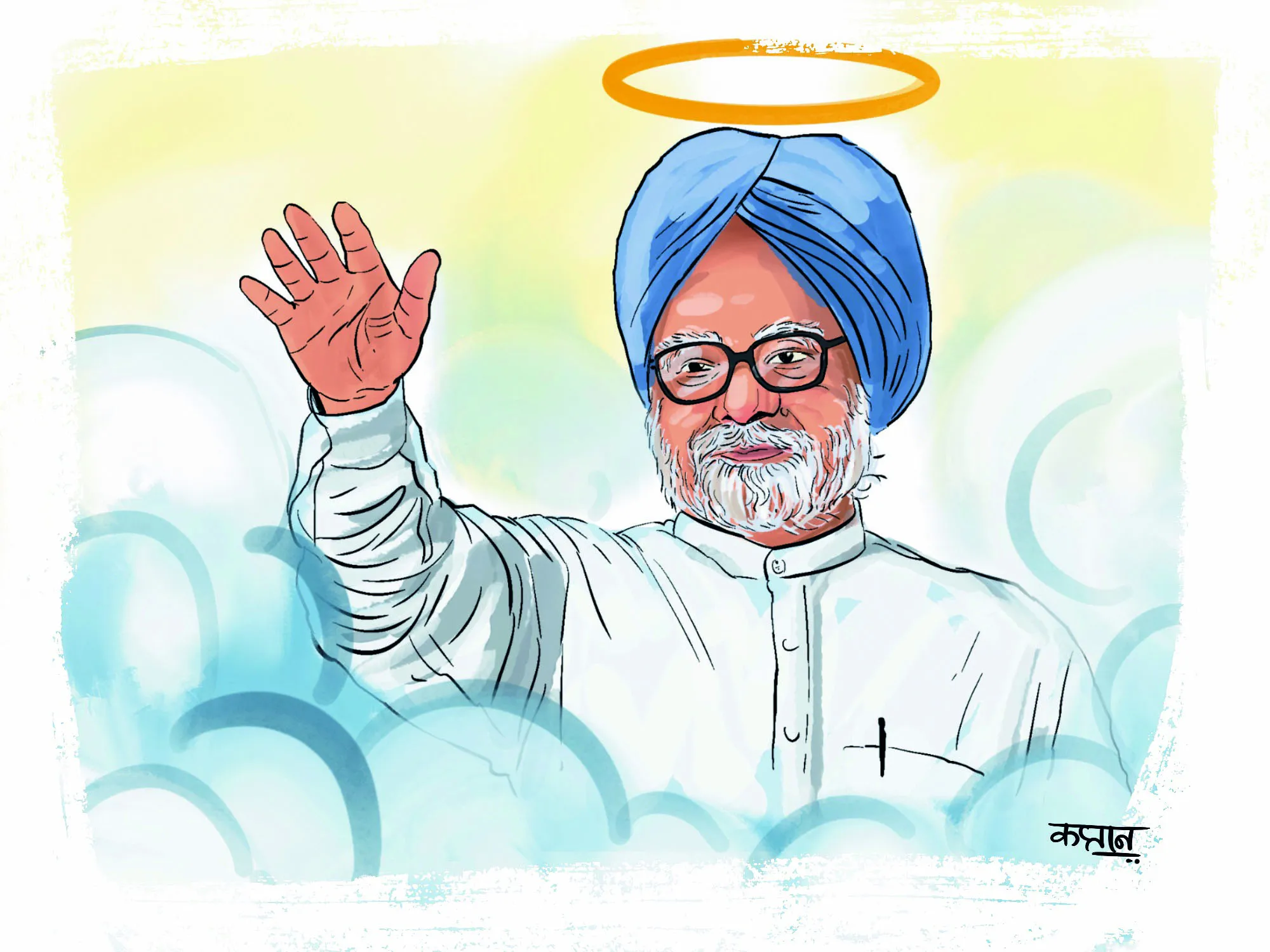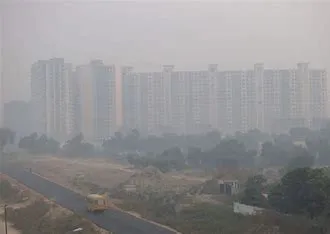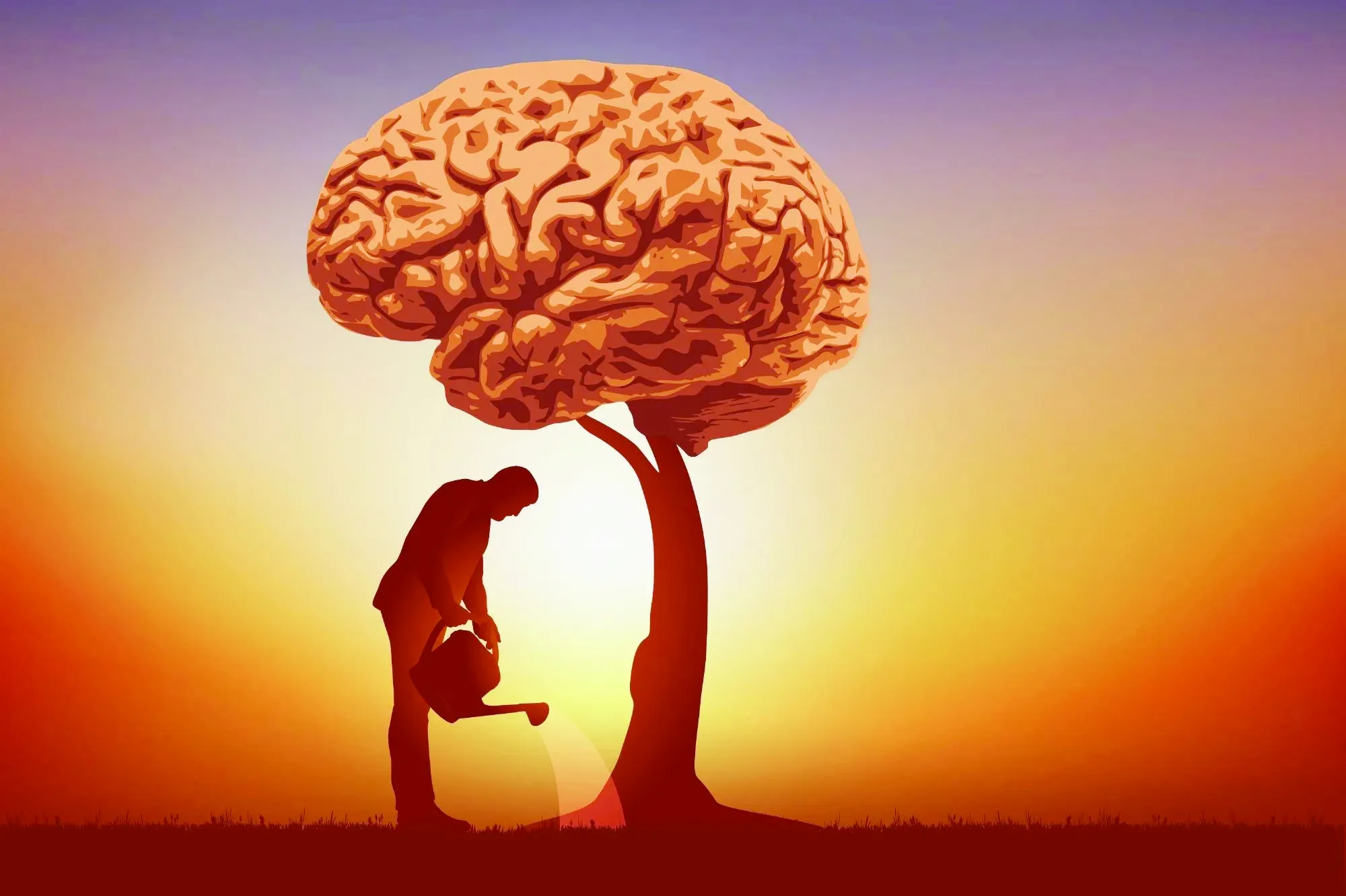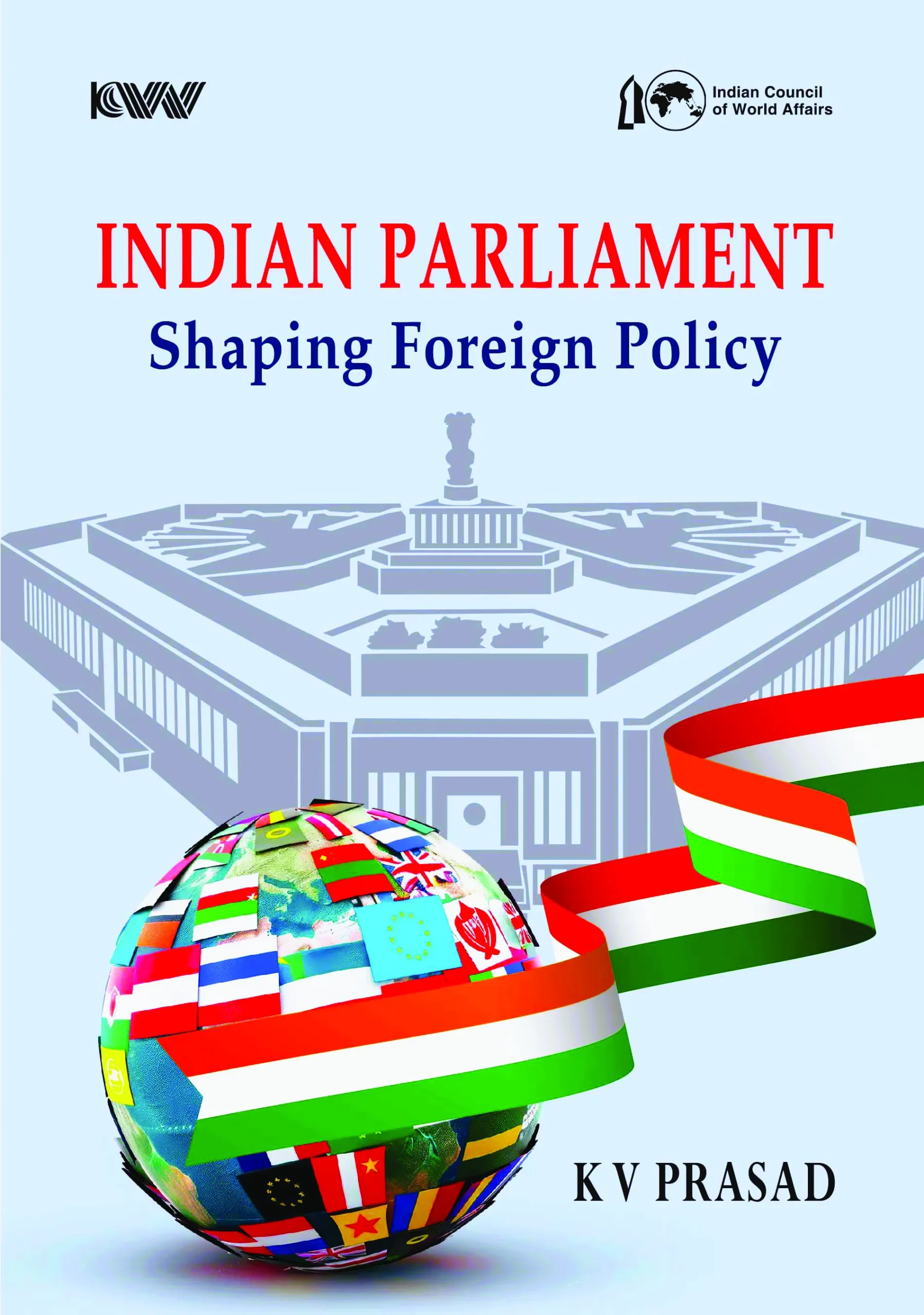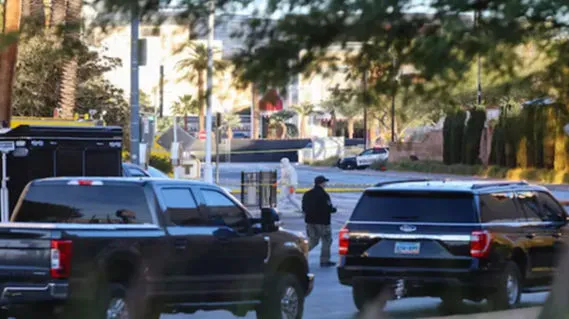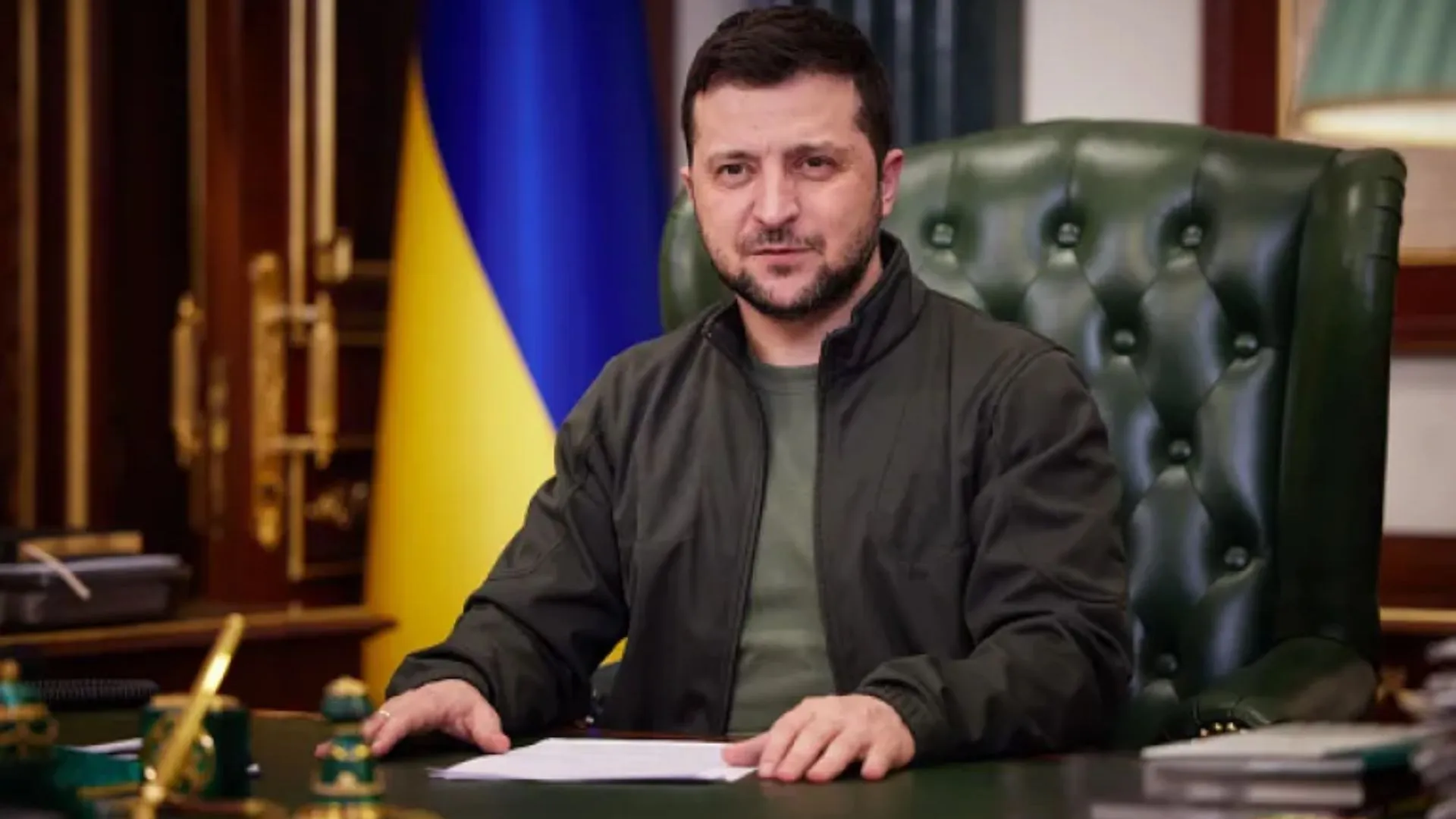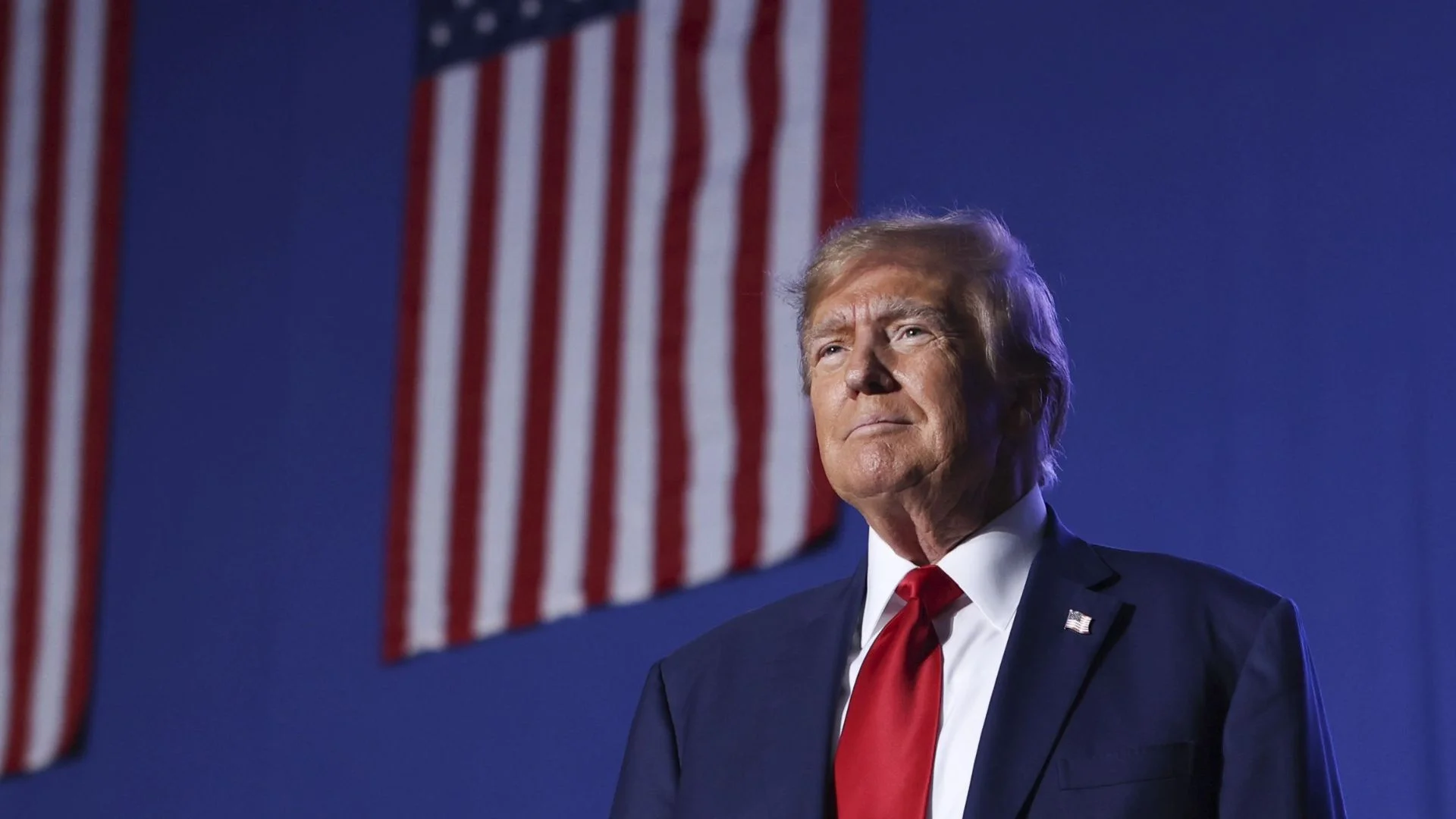If there is one defining narrative from the Bihar elections, it is the role of the Gen-Next. Both in terms of the political leadership and also the voter. At the start of the elections we saw Chirag Paswan take centre stage with his break up with the NDA. The initial narrative was all about his strategy—will he be able to replace JD(U) in the NDA and support a BJP CM? Was he being propped by the BJP to ease out Nitish Kumar and so on? Later when the campaign got going, the focus shifted from Chirag to another Gen-Next leader, Tejashwi Yadav. At the start of the elections most had written off Lalu Yadav’s heir apparent, especially due to his lacklustre leadership during the last two elections. However now it seemed as if Tejashwi was finally stepping into his legacy as he took on Nitish Kumar calling him “Paltu Uncle” (someone who keeps changing sides) and chided him for not doing enough for Bihar.
Not only is he half Nitish’s age but also Tejashwi has run a youthful campaign. He did not hark back to the old combinations of caste but instead talked new-age issues such as employment and development. It was he who put jobs on the poll agenda with his promise of ten lakh jobs. The BJP first scoffed at it and then upped the ante with a bigger figure of nineteen lakh jobs. At a time when Nitish talked caste and the BJP harped on nationalism, it was Tejashwi who brought the focus on issues that (should) matter. He also was shrewd enough not to put Lalu Prasad or Rabri Devi’s picture on any of his campaign posters thus making it clear that his pitch was a break from the past. So though Nitish Kumar keeps harking back to the “jungle raaj” of Lalu and Rabri, he seems to be talking in an echo chamber as Tejashwi is careful not to engage him on that issue.
More importantly around 58 percent of Bihar’s population belongs to the age bracket between 18 and 40 years. This is a post Lalu Prasad generation that hasn’t experienced the jungle raaj that Nitish keeps referring to. What they want is jobs and employment, more so during Covid-19 times when the state has seen a lot of reverse migration. Suddenly the youth of Bihar is not keen to return to the big cities for their jobs but wants it right here at home. They have seen the attitude of the metros when it came to the crunch and are not too keen to return to their fickle laps again. Why can’t their own state look after them? It is this sentiment that Tejashwi is tapping in during his campaign rallies when he talks of making Bihar great.
When one is speaking to reporters who have been covering the election on ground, they claim that both Tejashwi and even Chirag seem to resonate with the youth in the state. Compared to them Nitish does end up looking like a tired old uncle (as has been pointed out earlier the combined ages of both Tejashwi and Chirag adds up to 69 years which is Nitish Kumar’s age). However, another septuagenarian is weighing in favour of the NDA and that is the Prime Minister himself. It is indeed to Modi’s credit that despite his age (as compared to that of the RJD leader, and even the Congress’ Rahul Gandhi), the Covid mismanagement by the NDA and the dismal economic crunch in the country, he still appeals to the aspirational voter even in a state election. Of course, the final call will be on voting day but this is definitely an election where the young and new-age issues seem to have the edge.

